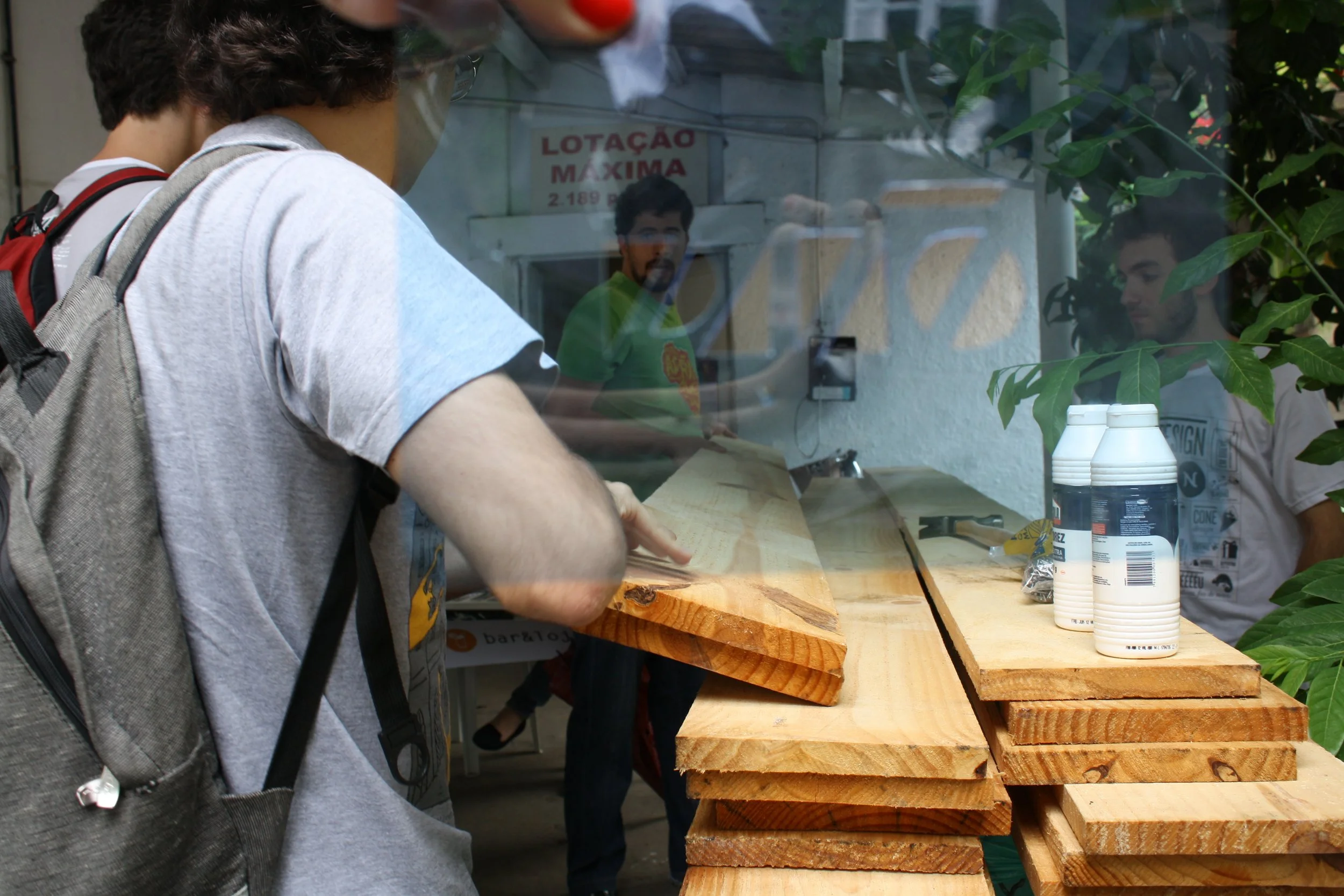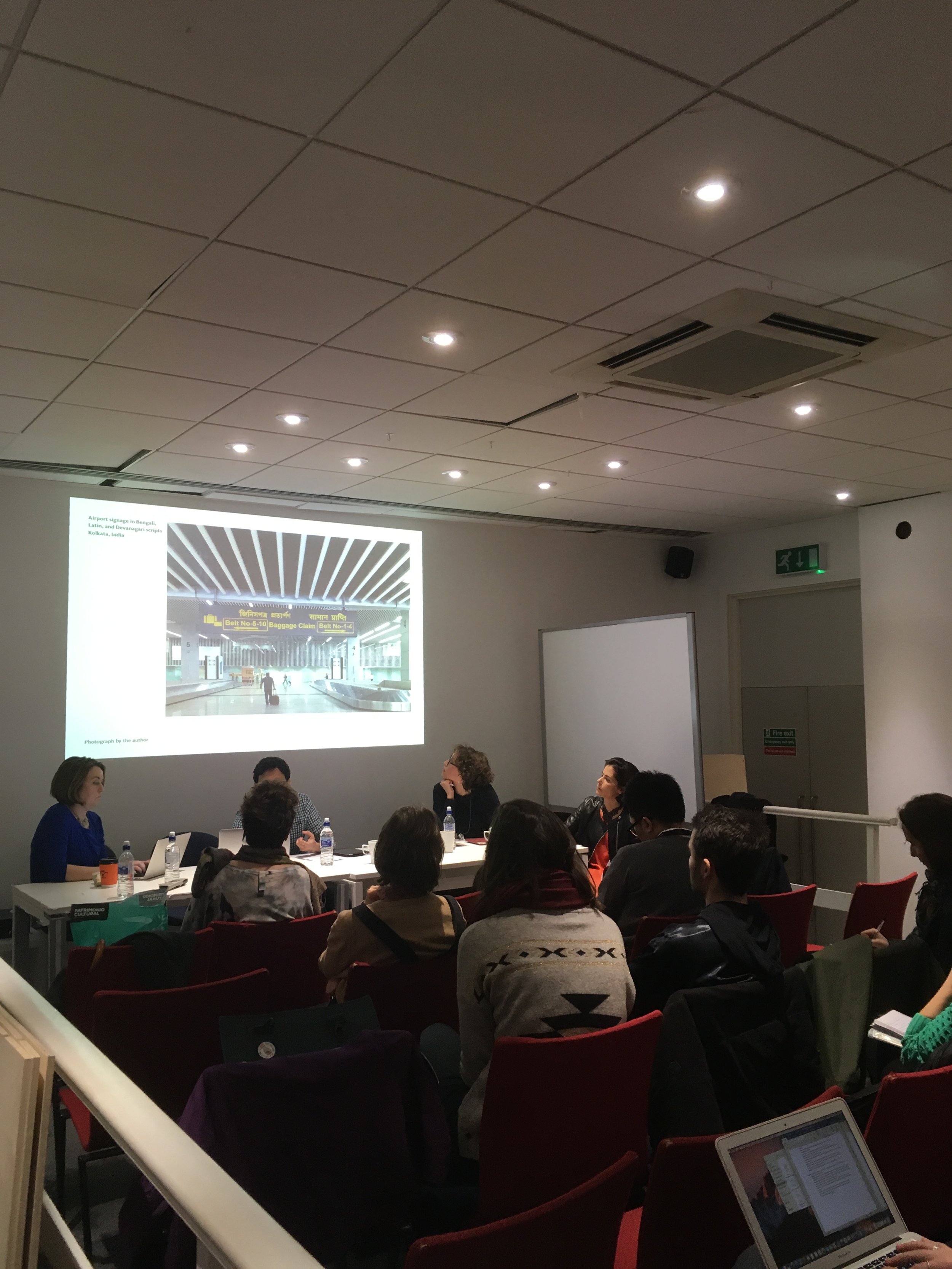Experimental Pedagogies in Practice
Istanbul, 29 October 2018, Monday morning. I wake up in the hotel room to really bad news. The far right, misogynist, racist, and plain ignorant candidate for the Brazilian presidency – Jair Bolsonaro – won the race. Through social media I see people celebrating his victory by bashing guns in the streets, military tanks parading to their side. I feel literally sick. I am in Istanbul to participate in the 4th instalment of their Design Biennial, themed ‘A School of Schools’. The curators propose to critically reconsider design education, to ‘use, test, and revise a variety of educational strategies to reflect on the role of design, knowledge, and global connectedness in contemporary Istanbul and beyond.’ The news arriving from Brazil today speak of another global connectedness (Bolsonaro-Trump-Brexit); one predicated on ahistorical amnesia that supresses the trauma of oppression and allows it to resurface, to normalize again. Still feeling sick, I barely leave the room all day. I need to organize my feelings, my thoughts, and realign with the forces that brought me to Istanbul. I do so by writing down for the first time the experimental pedagogical activities that I have been devising and testing since 2015. I also call these activities ‘Acts’ and decided to write them down in a cookbook. I put them in order as the world around me descend into chaos.
The first Act I devised was probably ‘Make Space’, but I can’t remember precisely now. I think this might have been the first one as it’s so primal, so primary, a primer to everything else than can happen afterwards. ‘Make Space’ is the devolution of agency to workshop participants and an invitation for them to make (and feel) the space where they’ll work. If one cannot feel at ease in their space, they cannot feel at ease at all (I left Brazil twice, first in 2003, then again in 2013, after an attempt to return). In ‘Make Space’, usually, workshop participants are invited to sit on the floor in a circle (intention: to break with the orthogonal matrix imposed by rows and columns of chairs). However, and I am very aware of this, the instruction they see on the screen as they enter the workshop space usually offer strict instructions (cookbook style), little room for improvisation (although there’s always some) and creates uncertainty, if not anxiety.
Uncertainty has been a reason and a drive for the creation of these Acts. Since my participation (as tutor) in the two-part workshop ‘Design and Uncertainty in the Global Present’ in London and Delhi in 2014, I have ‘stayed with uncertainty’ more often and more willingly than before. No doubts this stance – one that departs from modernist predictability towards accepting multiplicity and the unknown – is helping now, in dealing with the state of the world, the ‘other’ way in which the global present connects, which is not productive, benign.
From 2015 onwards, the ‘concept’ of uncertainty infiltrated in my pedagogical thinking as a positive construct and became included in my teaching practice. Whereas before my attachment to ‘knowledge and content transmission’, as Paulo Freire would put it, yearned for a sense of security and certainty in the classroom – a sense that the students would have ‘understood’ what I wanted them to understand – from this point onwards in my professional trajectory I began approaching students/participants/learners as co-creators of the pedagogical process.
Since then, I have been researching into pedagogical exercises and devising my own exercises, or Acts, and exploring them with students in workshops called ‘Design Fault Lines’. These Acts and pedagogical activities were born out of unhappiness with my own teaching methods, the possibility of experimentation, the need to give my life and work new meaning. They have been devised slowly and as I went along. They have been spurs of the moment, inspired by other creative propositions but also founded on extensive pedagogical theories and practices. They have been tested in workshops, tweaked, and discarded. These Acts have been presented a bit raw, black text on white screens, instructional, plain, tongue in cheek even. From the onset, the tone has been one to offer rigid structures and creative freedom, and to let participants co-create in the space between these two. Instructions delivered in a rigid form offer certainty, direction, and predictability. The Acts themselves, however, propose unexpected actions and interactions, they foster play with uncertainty, ask questions to which there are no answers, but moreover, they mobilize the body of participants by not letting them sit still in their chairs, still their minds in boredom. The Acts move away from expected and orthodox teaching and learning methods. As the ‘Design Fault Lines’ workshops are held in Art & Design schools, they also provoke and tussle with orthodox understandings and discourses about design.
Activities Cookbook Download
Projects



